 The basis for copyright (and patent) law in the US is found in Article I, Section 8, Clause 8 of the Constitution of the United States, giving Congress the authority to promote science and “useful Arts” by securing to authors and inventors the exclusive right, for a limited time, to their “Writings and Discoveries”.
The basis for copyright (and patent) law in the US is found in Article I, Section 8, Clause 8 of the Constitution of the United States, giving Congress the authority to promote science and “useful Arts” by securing to authors and inventors the exclusive right, for a limited time, to their “Writings and Discoveries”.
It is important to understand that copyright does NOT protect ideas; but, rather, the expression of ideas. An artist or author creates a common law copyright as soon as he or she expresses an idea in tangible form. A book, a photo, a painting, a film or a play are all tangible expressions of ideas or concepts, as are sculptures and audio recordings. An artist or author can secure important procedural rights by registering a work with the US Copyright Office. Registration is simple, and inexpensive.
The World Wide Web has made it easier than ever to obtain text and images for every purpose, including the advertising and promotion of goods and services of all kinds. Business owners must be careful in their use of copyrighted material to promote their goods or services. Simply because an image or text can be plucked from the Web should not be viewed as permission to use it. Copyright gives the copyright holder the exclusive right to control use of a copyrighted work in his or her absolute discretion. A copyright holder may permit the use of a work for one purpose, or by one user, but not for, or by, another.
Rights clearance organizations, such as Bettmann Archive, Getty Images or Shutterstock for photos; ASCAP and BMI for music; and The Copyright Clearance Center and XanEdu for literary works are just some of the organizations that license rights to the use of copyrighted materials.
Rights fees can range from zero for royalty-free photo licenses, to thousands, or even millions of dollars, depending on the material and the purpose for which it is used, for music or iconic images.
Why go to the trouble of licensing copyrighted material? Because the failure to do so may expose the user to monetary damages and a demand to remove the infringing text, music or image from a website or advertising material. Add in legal fees and the cost to revise or recreate a website or ad campaign, and the potential loss to a business can be significant.
Non-profits should also take care in the use of copyrighted material. The fact that a non-profit derives no monetary gain from the use of protected material will not insulate it from liability for infringement.
As ever, I welcome your comments and feedback. Reach me at (723) 988-5362 or bburns@praxislegalsolutions.com


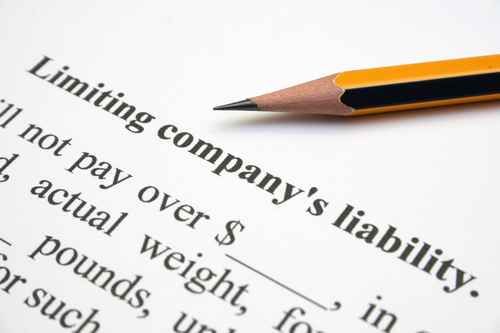




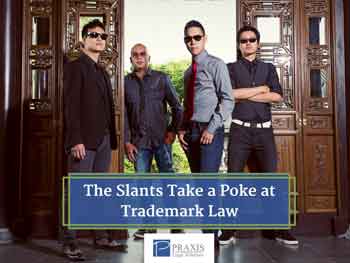 The Slants Take a Poke at Trademark Law
The Slants Take a Poke at Trademark Law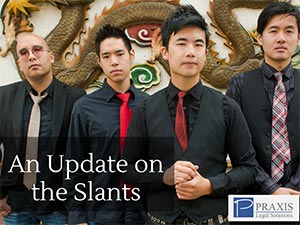 An Update on the Slants
An Update on the Slants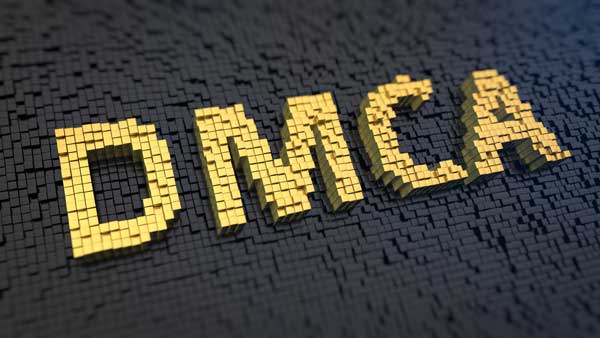 DMCA Takedown Service Explained
DMCA Takedown Service Explained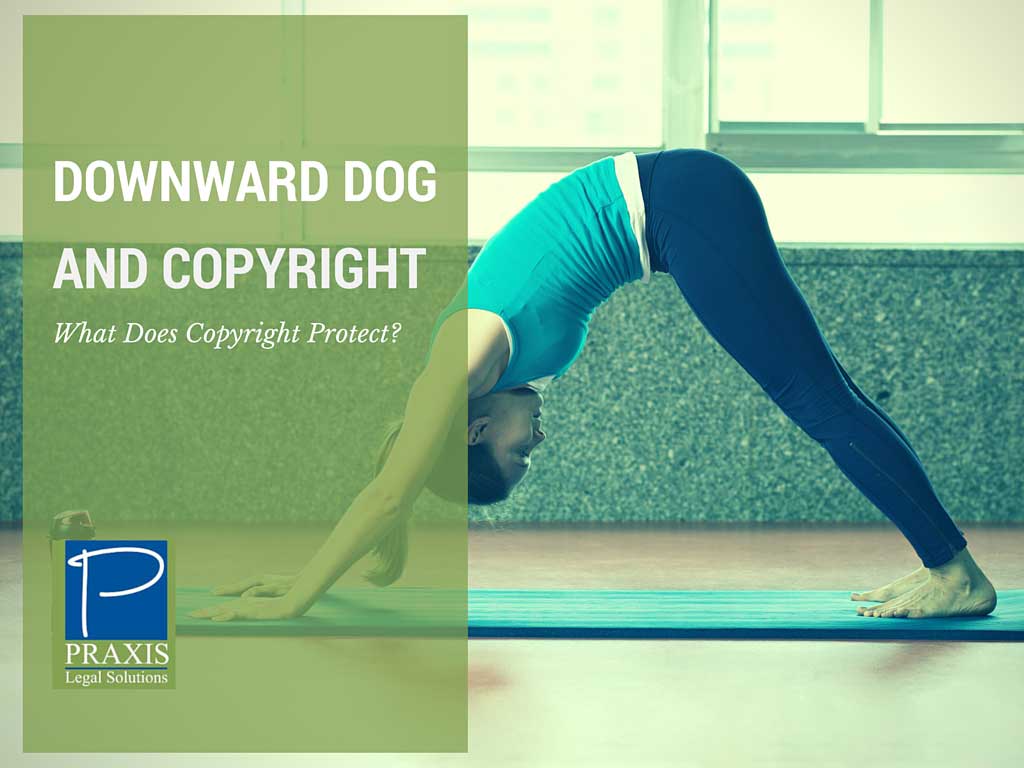 Downward Dog and Copyright
Downward Dog and Copyright What’s In a Name?
What’s In a Name?
Leave a Reply